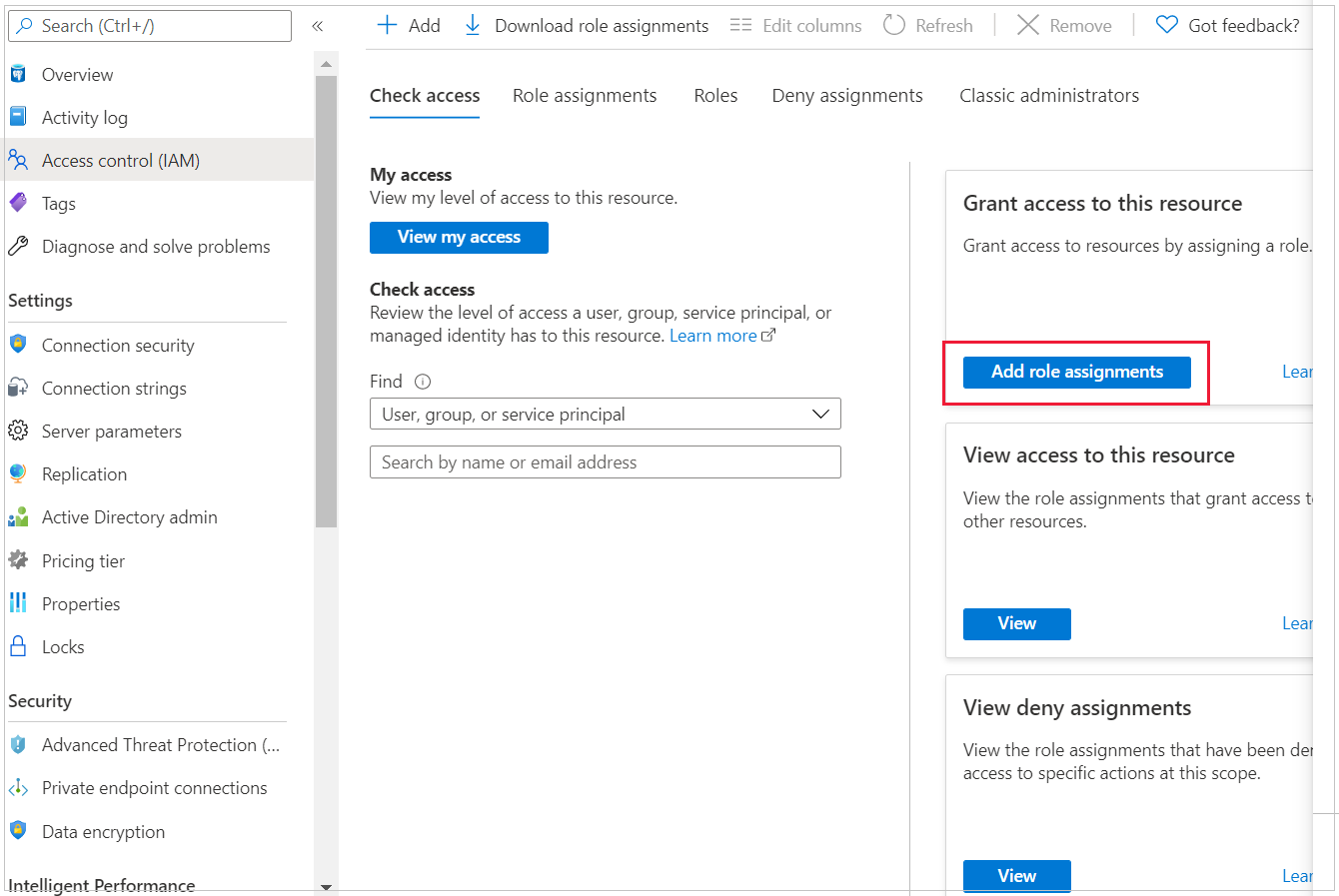
The following three values must be filled in: Search for Azure Database for PostgreSQL.įor the PostgreSQL server input fields, enter your values.
Azure postgresql install#
Setting up a PostgreSQL database in Azureīefore you install Qlik Sense, you need to set up a database in Azure. If you use Linux or Amazon RDS, it is your own responsibility to install and configure a running instance of PostgreSQL for Qlik Sense to use. However, Qlik will only offer configuration support when PostgreSQL is running on Windows. You can run the instance of PostgreSQL on platforms including Windows, Linux or cloud hosted services, such as Amazon RDS. Warning noteIf Qlik Sense uses a PostgreSQL database on a dedicated infrastructure, then it can use PostgreSQL version 12.x. It is only accessed by the licenses service.
Azure postgresql license#
The licenses database contains a local copy of license data to allow faster response times and more robustness. The NOTIFY and LISTEN functionality in PostgreSQL allows services to be notified about new messages that have been written to the messaging table. The QSMQ database provides a light-weight method of passing messages internally between services in Qlik Sense Enterprise.

The Qlik Sense message queue database (QSMQ) The SenseServices database contains schemas for each of the Qlik Sense services and allows growth independently of the Qlik Sense Repository Database, while still sharing the same PostgreSQL instance and login role. The Qlik Sense services database (SenseServices)


If you want to install the QSR database on a dedicated PostgreSQL server, you must install and configure PostgreSQL before you install Qlik Sense, as you will need to enter the PostgreSQL server/host details in the Qlik Sense installer. The QSR is the primary database in your Qlik Sense deployment. However, all deployments, whether Multi-Cloud or on-premise, require the installation of the SenseServices database and QSMQ databases. Pg_password = passgen.passgen(length=12, punctuation=False, digits=True, letters=True, case='both')Ĭlient = ResourceManagementClient(credentials, subscription_id)Ĭlient.resource_groups.create_or_update(resource_group, \n".Information noteIn Qlik Sense Enterprise, configuring all the components of a Multi-Cloud deployment is optional. Mgmt_token = context.acquire_token_with_device_code(resource_uri, code, client_id)Ĭredentials = AADTokenCredentials(mgmt_token, client_id) # Replace values with your client and tenant id

Import adal, json, requests, psycopg2, passgen, warningsįrom plotnine import ggplot, geom_point, aes, stat_smooth, facet_wrap # pip install azure plotnine passgen psycopg2 adalįrom import ResourceManagementClientįrom msrestazure.azure_active_directory import AADTokenCredentialsįrom .models import DeploymentMode Delete Azure Database for PostgreSQL server using azure python sdk.Visualize data from table using plotnine.Load data from pandas dataframe into a table.Connect to Azure Database for PostgreSQL using psycopg2.Create Azure Database for PostgreSQL using azure python sdk.
Azure postgresql how to#
In this article we will learn how to use Python to perform the following tasks: When dealing with large datasets that potentially exceed the memory of your machine it is recommended to push the data into database engine, where you can query the data in smaller digestible chunks. Azure Database for PostgreSQL and Python can be used together for data analysis – PostgreSQL as database engine and Python as statistical tool.


 0 kommentar(er)
0 kommentar(er)
